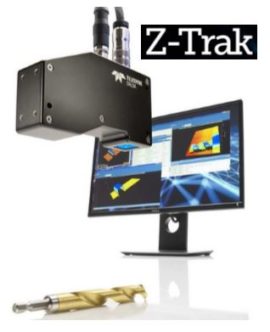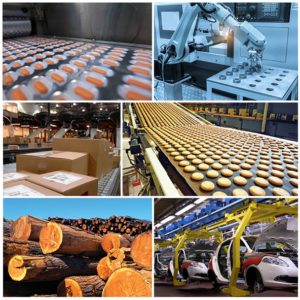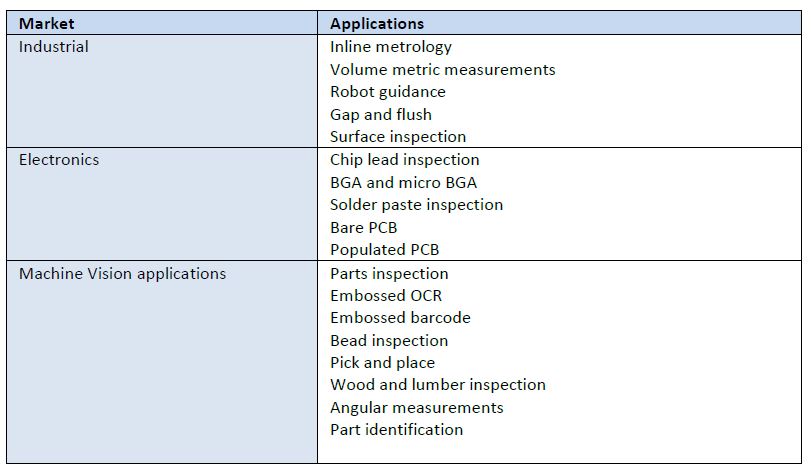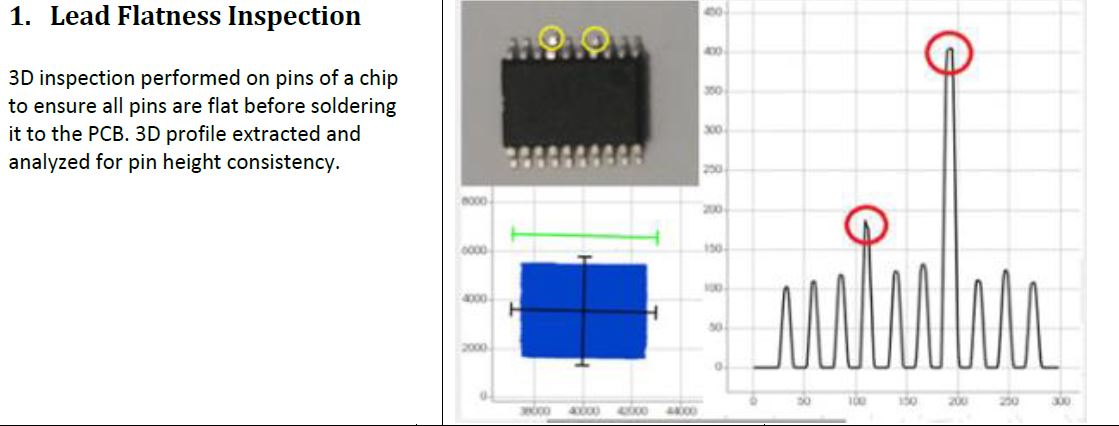[REVISED September 2025]
So you want to do an in-line measurement, inspection, identification and/or guidance application in automotive, electronics, semiconductor or factory automation. Whether a new application or time for an upgrade, you know that Teledyne DALSA’s Z-Trak 3D Laser Profiler balances high performance while also offering a low total cost of ownership.
In this 3rd Edition release we update the Z-Trak family overview with the addition of the new Z-Trak Express series, bringing even more options along the price : performance spectrum. From low cost and good enough, through more resolution as well as fast, and all the way to highest resolution, there are a range of Z-Trak laser profilers to choose from.
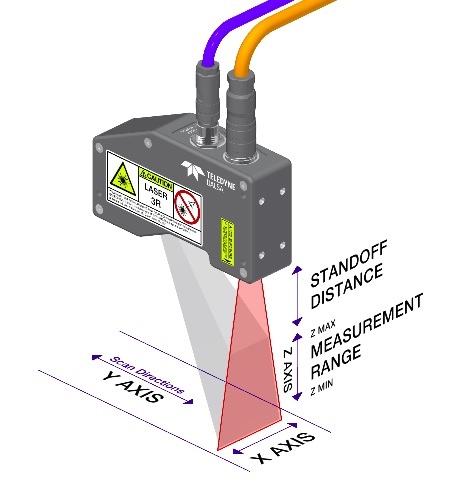
The first generation Z-Trak product, the LP1, is the cornerstone of the expanded Z-Trak family; the Z-Trak2 group (V-series and the S-series), plus the LP2C 4k series; and now the Z-Trak Express family. Each product brings specific value propositions – here we aim to help you navigate among the options.
Respecting the reader’s time, key distinctions among the series are:
- LP1 is the most economical 3D profiler on the market – contact us for pricing.
- Z-Trak2 is one of the fastest 3D profilers on the market – with speeds to 45kHz.
- LP2C 4k provides 4,096 profiles per second at resolution down to 3.5 microns.
- Z-Trak Express is the newest branch of the family; up to 5k profiles per second; cost-effective and feature-rich; factory calibrated. Red or blue laser options.
To guide you effectively to the product best-suited for your application, we’ve prepared the following table, and encourage you to fill in the blanks, either on a printout of the page or via copy-past into a spreadsheet (for your own planning or to share with us as co-planners).
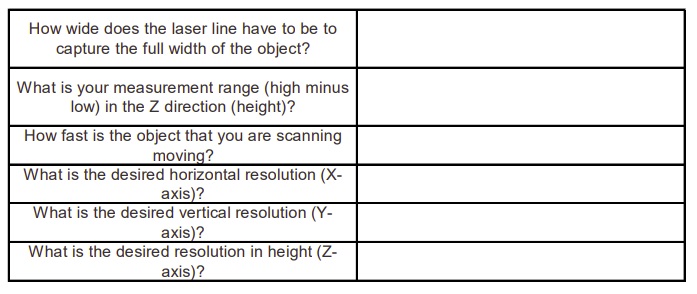
Compare your application’s key attributes from above with some of the feature capacities of the three Z-Trak product families below, as a first-pass at determining fit:
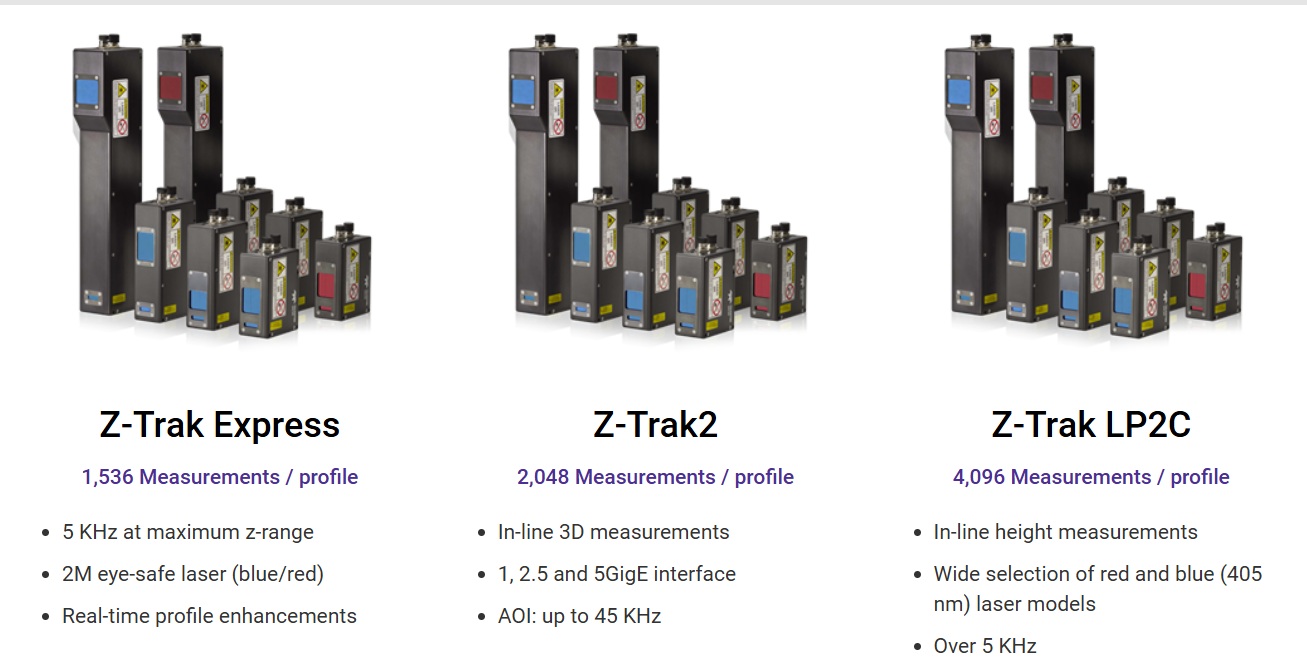
Unless the fit is obvious – and often it is not – we invite you to send us your application requirements. We we love mapping customer requirements, so please send us your application details in our form on this contact link; or you can send us an email to info@1stvision.com with the feedback from your 3D application’s “Key questions” above.
In addition to the parameter-based approach to choosing the ideal Z-Trak model, we also offer an empirical approach – send in your samples. We have a lab set up to inspect customer samples with two or more candidate configurations. System outputs can then be examined for efficacy relative to your performance requirements, to determine how much is enough – without over-engineering.
1st Vision’s sales engineers have over 100 years of combined experience to assist in your camera and components selection. With a large portfolio of lenses, cables, NIC card and industrial computers, we can provide a full vision solution!
Note: This is the 2nd edition of a blog originally published December 16, 2022, now augmented with the Z-Trak LP2C 4k series.

